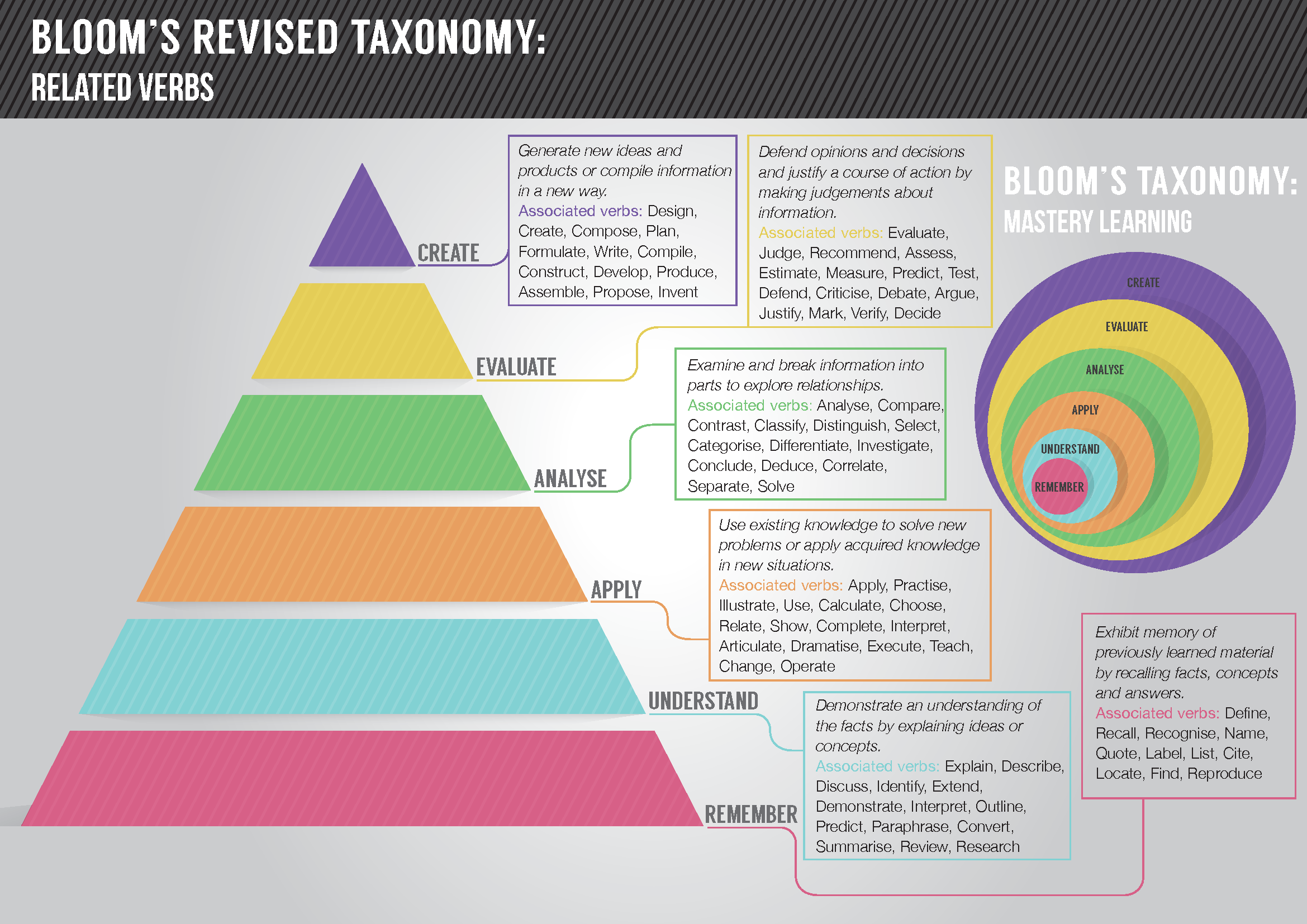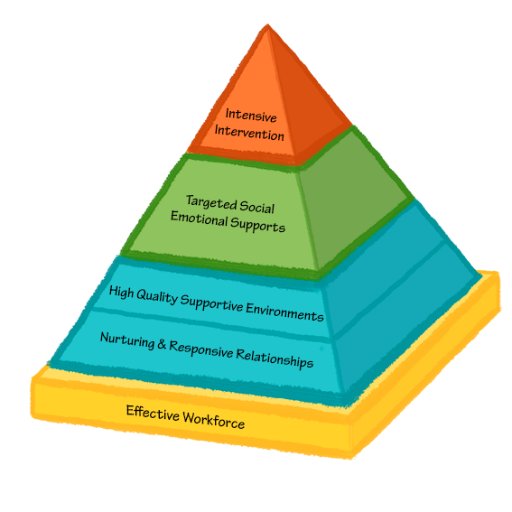

Providing Interventions to Children with Persistent Challenging Behavior The leadership team develops strategies to provide ongoing support to staff as they implement the model.

When programs implement the Pyramid Model, all staff must have the training, coaching, and resources to implement practices effectively.
UNPACKING THE PYRAMID MODEL PROFESSIONAL
The team ensures the systems and practices implemented provide support to children with challenges, professional development and support to teachers, and a plan for family engagement. Someone to provide coaching and support to teachers.The team includes ( Some team members may fill more than one of these roles): The primary difference is the way these systems adapt to serve the unique needs of younger children and their families. Sustained implementation of the Pyramid Modelįoundational Systems of Early Childhood PBISĮarly childhood PBIS systems are very similar to the foundational systems guiding any PBIS framework.

Changes in classroom and program climate.Increases in teachers’ competence and confidence in the support of children.Increased satisfaction of program staff and families.Reductions in child challenging behavior.According to the Technical Assistance Center on Social and Emotional Intervention, programs using this approach experience the following: Practitioners are able to implement Pyramid Model practices better when they receive training and practice-based coaching. Children have better social skills and less problem behavior in Pyramid Model classrooms. The Pyramid Model ensures programs attend to both the implementation of evidence-based practices and develop the infrastructure to sustain these efforts. It includes the practices, procedures, and data collection measures appropriate for young children and their families. This model addresses the needs and contexts unique to programs serving infants, toddlers and preschoolers, including children in public school early childhood classrooms. The Pyramid Model is a multi-tiered framework with a continuum of evidence-based practices to promote expected behavior, prevent problem behavior, and intervene when students need more support. Early childhood PBIS refers to PBIS implementation within early childhood settings – The Pyramid Model.


 0 kommentar(er)
0 kommentar(er)
